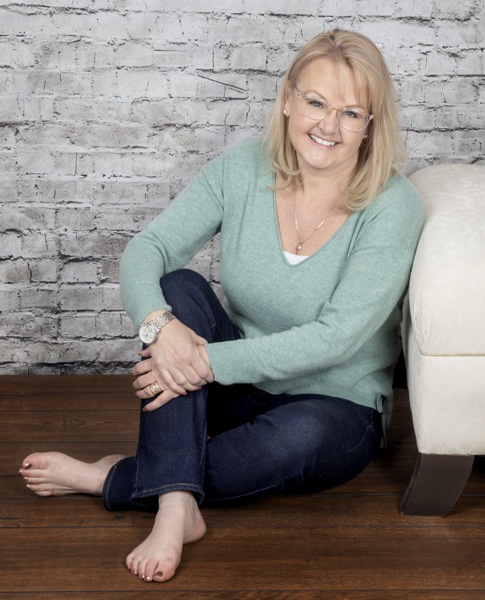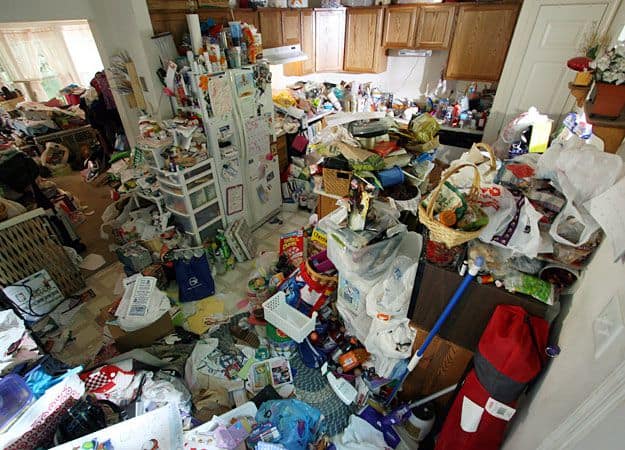Our Main Purpose
Whether you consider yourself "Chronically Disorganized" a "Clutter Bug" in need of some "Clutter Control" or a "Hoarder" Behind the Hoard Consulting is here to help. It doesn't matter if you are living in a studio apartment or living on a working ranch. Behind the Hoard Consulting is here to support and guide you through the process.
Often times we hear people say "I don't know how it got this bad?" or "I don't know where to begin? ". It can at times feel like an overwhelming task, Nadine and her team understand this and know that every person and situation is unique.
We will help you gain insight into how this problem occurred, and help you come up with a plan to restore your home and life to the way you want it to be.
What is Hoarding?
Hoarding is:
- The excessive accumulation and failure to discard (proportionately) things or animals.
- Activities of daily living are impaired by spaces, which cannot be used for their intended use.
- Distress or impairment in functioning is caused to the person hoarding or others.
10 Most Common Things Hoarded
- Paper, especially flyers, magazines, and unopened mail.
- The things used in everyday life which don't get put away.
- Excessive recycling materials which don't get recycled.
- Clothing.
- Food.
- Sentimental things which tell a story of happier times.
- Mechanical things, car parts, electronic equipment and parts, tools, nuts, bolts, screws, building materials.
- Wool, fabric, craft supplies.
- Furniture.
- Animals.

Hoarders: Buried in debt
The financial impact of hoarding is often just as distressing. "About 75% of people with hoarding problems buy excessively, ½ of which qualify for a diagnosis of compulsive buying." says Randy Frost, professor of psychology at Smith College and author of "Stuff: Compulsive Hoarding and the Meaning of Things."
Did you know?
Hoarding occurs in all cultures, income and education levels & for many different reasons.
Hoarding situations continue to deteriorate until the health and safety of the individual and community are put at risk.
Hoarding hurts insurance coverage
Potential pitfalls in the homes of hoarders – people who can't stop acquiring items and have a hard time getting rid of their belongings – include fire and injury. As a result, hoarders are at a higher risk in the eyes of a home insurer, says Loretta Worters, V.P. of the Insurance Information Institute




